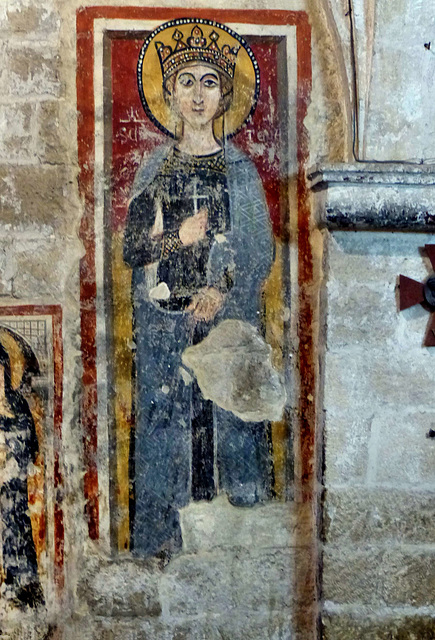Bitonto - Concattedrale di Bitonto
Bitonto - Concattedrale di Bitonto
Giovinazzo - Concattedrale di Santa Maria Assunta
Giovinazzo - Osteria Scvnazz
Giovinazzo - Osteria Scvnazz
Giovinazzo - Osteria Scvnazz
Giovinazzo - Concattedrale di Santa Maria Assunta
Giovinazzo - Concattedrale di Santa Maria Assunta
Giovinazzo - Concattedrale di Santa Maria Assunta
Giovinazzo - Concattedrale di Santa Maria Assunta
Molfetta - Duomo di San Corrado
Molfetta - Duomo di San Corrado
Molfetta - Duomo di San Corrado
Molfetta - Duomo di San Corrado
Molfetta - Duomo di San Corrado
Molfetta - Duomo di San Corrado
Molfetta - Duomo di San Corrado
Molfetta - Duomo di San Corrado
Molfetta - Duomo di San Corrado
Molfetta - Duomo di San Corrado
Bisceglie - Concattedrale di San Pietro Apostolo
Bisceglie - Concattedrale di San Pietro Apostolo
Bisceglie - Concattedrale di San Pietro Apostolo
Bitonto - Concattedrale di Bitonto
Bitonto - Concattedrale di Bitonto
Bitonto - Concattedrale di Bitonto
Bitonto - Concattedrale di Bitonto
Bitonto - Concattedrale di Bitonto
Bitonto - Concattedrale di Bitonto
Bitonto - Concattedrale di Bitonto
Bitonto - Concattedrale di Bitonto
Bitonto - Concattedrale di Bitonto
Bitonto - Concattedrale di Bitonto
Bitonto - Concattedrale di Bitonto
Bitonto - Concattedrale di Bitonto
Bitonto - Concattedrale di Bitonto
Bitonto - Concattedrale di Bitonto
Bitonto - Concattedrale di Bitonto
Bitonto - Concattedrale di Bitonto
Bitonto - Concattedrale di Bitonto
Bitonto - Concattedrale di Bitonto
Bitonto - Torrione angioino
Bitonto - Chiesa del Crocifisso
Detmold - Jazzkantine
Detmold - Jazzkantine
Location
See also...
Keywords
Authorizations, license
-
Visible by: Everyone -
All rights reserved
-
73 visits
Bitonto - Concattedrale di Bitonto


Bitonto, today a city of a population of about 55000, was probably founded by Greek settlers. Traces of a city wall dating to the 5th and 4th century BC were found. Legends tell that the name Bitonto is connected to an Illyrian king named Botone. Later "Civitas Butuntinenses" became a self-governing Roman municipium,
A Paleochristian basilica existed very early. During the 9th century, Bitonto successfully withstood a Saracen raid but got destroyed by Byzantine troops in 975. The Normans took over Apulia. In the 11th and 12th century. Under the rule of the Normans of Roger II of Sicily, William I of Sicily (aka William the Wicked) and William II of Sicily (aka William the Good), the city prospered and got new walls.
In 1227, Bitonto was the scene of ex-communication of Frederick II accused by pope Gregory IX of having come to terms with the sultan al-Malik al-Kamil.
-
The Bitonto Cathedral, dedicated to San Valentino, was erected 1175/1200 in the centre of the city. The construction was probably influenced by the "Basilica of San Nicola" in Bari and was done in the typical "Apulian Romanesque" style.
It is proven that the bishopric existed in 1089, though the crypt of the cathedral has remains of a 5th-century church.
-
Stairs run down to the large crypt under the choir, where I
found this fresco that is probably as old as the crypt (12c). I do not know, who is depicted, but the style is a little byzantine and reminds me of the mosaics in Palermo.
A Paleochristian basilica existed very early. During the 9th century, Bitonto successfully withstood a Saracen raid but got destroyed by Byzantine troops in 975. The Normans took over Apulia. In the 11th and 12th century. Under the rule of the Normans of Roger II of Sicily, William I of Sicily (aka William the Wicked) and William II of Sicily (aka William the Good), the city prospered and got new walls.
In 1227, Bitonto was the scene of ex-communication of Frederick II accused by pope Gregory IX of having come to terms with the sultan al-Malik al-Kamil.
-
The Bitonto Cathedral, dedicated to San Valentino, was erected 1175/1200 in the centre of the city. The construction was probably influenced by the "Basilica of San Nicola" in Bari and was done in the typical "Apulian Romanesque" style.
It is proven that the bishopric existed in 1089, though the crypt of the cathedral has remains of a 5th-century church.
-
Stairs run down to the large crypt under the choir, where I
found this fresco that is probably as old as the crypt (12c). I do not know, who is depicted, but the style is a little byzantine and reminds me of the mosaics in Palermo.
- Keyboard shortcuts:
Jump to top
RSS feed- Latest comments - Subscribe to the comment feeds of this photo
- ipernity © 2007-2024
- Help & Contact
|
Club news
|
About ipernity
|
History |
ipernity Club & Prices |
Guide of good conduct
Donate | Group guidelines | Privacy policy | Terms of use | Statutes | In memoria -
Facebook
Twitter

Sign-in to write a comment.